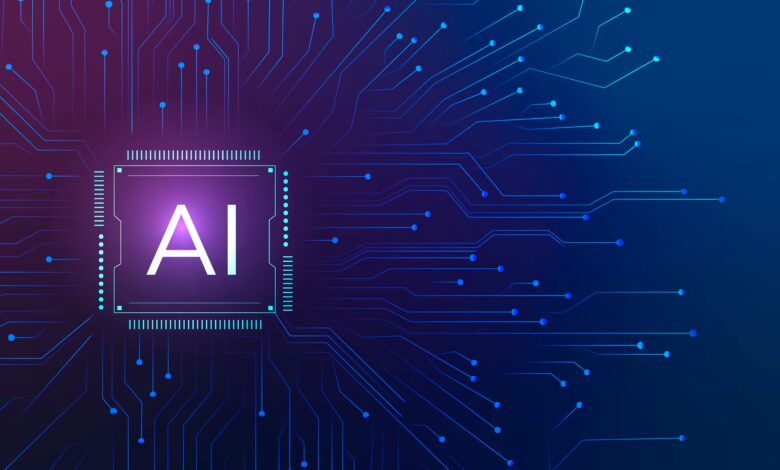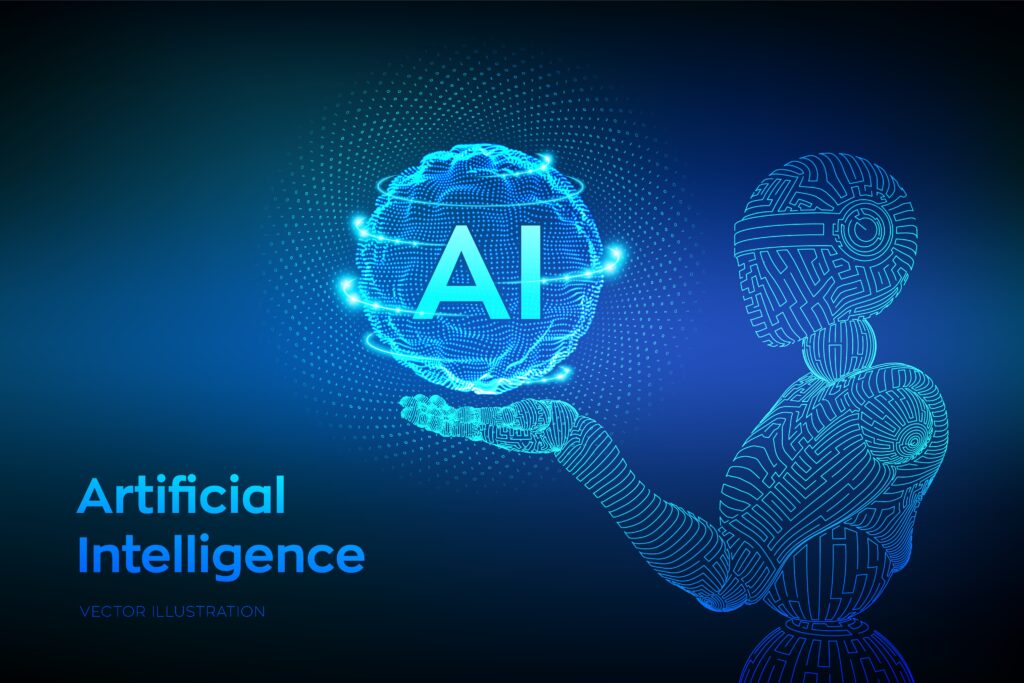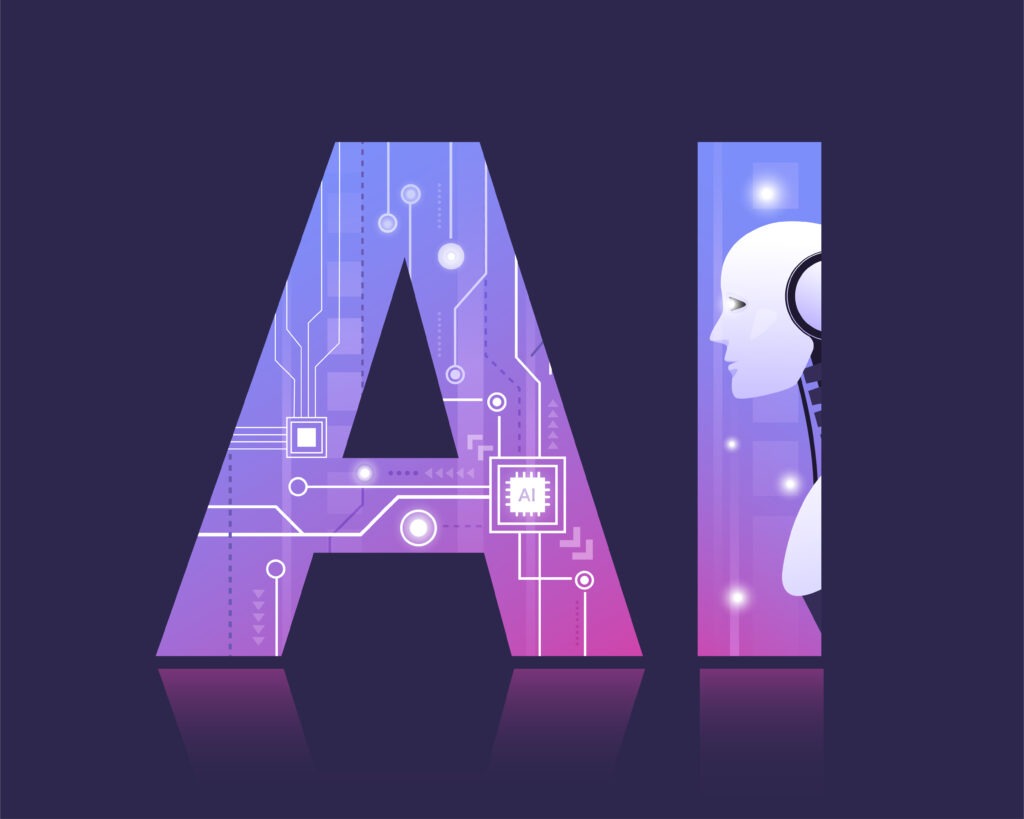Mastering Artificial Intelligence: Top 10 Expert Tips and Techniques

In the vast landscape of technological innovation, artificial intelligence stands as a beacon of unprecedented advancement. From revolutionizing industries to enhancing daily conveniences, AI’s impact is profound and multifaceted. This blog embarks on a journey to unravel the complexities and possibilities of AI, delving into its origins, evolution, and transformative potential. Whether you’re a tech enthusiast, a business leader navigating digital strategies, or simply curious about the future, understanding AI is not just about grasping the intricacies of algorithms and neural networks—it’s about envisioning a world where machines simulate human intelligence with remarkable precision and efficiency. Join us as we navigate through the realms of AI, where innovation meets possibility.
Table of Contents
What is Artificial Intelligence (AI)?

Artificial intelligence (AI) refers to the simulation of human intelligence in machines that are programmed to perform tasks that typically require human intelligence, such as visual perception, speech recognition, decision-making, and language translation. It encompasses a diverse range of technologies and approaches, from rule-based systems to advanced machine learning algorithms capable of learning from data and making predictions.
At its core, artificial intelligence aims to replicate cognitive functions that humans associate with the human mind, such as learning, reasoning, problem-solving, and adaptation. These capabilities enable AI systems to analyze large volumes of data swiftly, identify patterns, and make decisions with minimal human intervention.
The field of AI is dynamic and continually evolving, driven by advancements in computing power, data availability, and algorithmic sophistication. Applications of artificial intelligence span across industries, including healthcare, finance, transportation, and entertainment, revolutionizing how tasks are automated, insights are derived, and interactions are personalized in our increasingly digital world.
Strong AI vs. Weak AI
| Strong AI | Weak AI |
| Artificial intelligence (AI) aiming to replicate human cognitive abilities across various tasks. | AI designed for specific tasks within a defined context, excelling in narrow applications such as speech recognition or image classification. |
| Also known as artificial general intelligence (AGI), capable of reasoning, learning, and problem-solving comparable to humans. | Operates within predefined parameters and lacks the ability to exhibit general intelligence or consciousness. |
| Represents the aspiration to create machines with consciousness and self-awareness. | Utilizes machine learning and deep learning techniques to achieve specialized goals efficiently. |
| Challenges include ethical considerations and the philosophical implications of creating sentient machines. | Enables advancements in technology through applications like virtual assistants, data analytics, and autonomous vehicles. |
| Examples include theoretical constructs of machines that possess human-like cognitive abilities. | Examples encompass applications like chatbots, recommendation systems, and virtual personal assistants. |
| Future implications may involve societal integration of AI with ethical and legal frameworks. | Future developments focus on enhancing AI’s capabilities within specific domains while addressing ethical and privacy concerns. |
Deep Learning vs. Machine Learning
| Deep Learning | Machine Learning |
| Subset of artificial intelligence (AI) involving neural networks with multiple layers for learning from large, unlabeled datasets. | Broad category of algorithms enabling machines to learn from data and make predictions or decisions, typically using labeled datasets. |
| Mimics the human brain’s neural architecture to process and extract intricate patterns and features from data. | Trains models on labeled datasets to recognize patterns and derive insights, used in applications like spam detection and recommendation systems. |
| Excels in complex tasks such as image and speech recognition, natural language processing, and autonomous driving. | Versatile across domains, applied in industries for predictive analytics, classification tasks, and optimization processes. |
| Requires significant computational power and extensive datasets for training deep neural networks effectively. | Utilizes statistical techniques and algorithms like regression, clustering, and classification to analyze and interpret data. |
| Advances include advancements in computer vision, language translation, and AI-driven autonomous systems. | Continues to evolve with advancements in data availability, algorithmic sophistication, and computing capabilities. |
| Examples include applications in medical diagnostics, autonomous vehicles, and deepfake detection. | Examples encompass applications in finance for fraud detection, healthcare for patient diagnosis, and marketing for customer segmentation. |
| Future implications involve integrating with IoT devices, enhancing real-time decision-making capabilities. | Future developments focus on improving scalability, interpretability, and ethical considerations in AI applications across industries. |
| Challenges include interpretability of complex models, scalability issues with training deep networks, and data privacy concerns. | Challenges include overfitting, bias in data, and the need for continuous learning and adaptation to new data trends. |
| Techniques involve convolutional neural networks (CNNs) and recurrent neural networks (RNNs) for specialized tasks. | Techniques encompass supervised, unsupervised, and reinforcement learning paradigms tailored to specific business and scientific challenges. |
What are the Advantages and Disadvantages of Artificial Intelligence?
Advantages of AI
- Automation of Routine Tasks: AI automates repetitive tasks such as data entry, customer support queries, and scheduling, freeing up human resources for more strategic activities.
- Enhanced Decision-Making: AI processes large volumes of data quickly and accurately, providing insights that aid in strategic decision-making, risk assessment, and market analysis.
- Personalization and Customer Insights: AI-powered algorithms analyze customer behavior and preferences, allowing businesses to offer personalized recommendations, tailored marketing campaigns, and improved customer experiences.
- Improved Healthcare Services: AI assists in diagnosing medical conditions earlier and more accurately by analyzing patient data, medical images, and genetic information, leading to better treatment outcomes.
- Efficiency in Manufacturing and Logistics: AI optimizes production processes, inventory management, and supply chain logistics, reducing waste, minimizing downtime, and improving overall efficiency.
- Advancements in Research and Development: AI accelerates scientific research by analyzing complex datasets, simulating scenarios, and discovering patterns that can lead to breakthroughs in medicine, materials science, and beyond.
- Safety and Security Enhancements: AI enhances security measures through facial recognition, biometric authentication, and predictive analytics, safeguarding physical spaces and digital systems against threats.
- Environmental Impact and Sustainability: AI enables smart energy management, precision agriculture, and environmental monitoring, contributing to sustainable practices and reducing carbon footprints.
Disadvantages of AI
- Ethical Concerns: As artificial intelligence (AI) systems make autonomous decisions, ethical dilemmas arise regarding accountability for actions performed by AI, especially in critical areas like healthcare and autonomous vehicles.
- Job Displacement: Automation and AI-driven technologies may lead to job losses across various sectors, particularly in roles that involve repetitive tasks susceptible to automation, potentially widening economic inequalities.
- Bias in Data: AI algorithms are trained on historical data, which may contain biases related to race, gender, or socioeconomic factors. This can lead to biased decisions in areas such as hiring, loan approvals, or criminal justice, perpetuating societal inequalities.
- Privacy Issues: AI systems often require extensive data collection for training and operation, raising concerns about privacy violations and unauthorized use of personal information.
- Dependency on Technology: Over-reliance on AI systems for critical tasks, such as decision-making in healthcare or financial trading, can create vulnerabilities. Malfunctions or hacking incidents could lead to significant disruptions and risks.
- Cost of Implementation: Developing and deploying AI technologies involves substantial costs, including infrastructure, data acquisition, and specialized talent. This cost barrier may limit access to AI advancements for smaller businesses and developing economies.
- Regulatory Challenges: The rapid evolution of AI technology outpaces regulatory frameworks, making it challenging to establish guidelines that ensure ethical AI deployment while fostering innovation and economic growth.
- Social Impact: AI adoption may exacerbate social divisions by widening the digital divide between those who have access to AI technologies and those who do not. It also raises concerns about the loss of human touch in customer interactions and services.
- Existential Risks: Speculation exists about the long-term implications of advanced AI systems reaching or surpassing human-level intelligence, posing existential risks to humanity if not managed carefully.
What are Examples of AI Technology, and How is it Used Today?

1- Automation
Automation, powered by artificial intelligence (AI), revolutionizes industries by streamlining processes and enhancing efficiency. It involves deploying AI-driven systems to perform tasks autonomously, reducing human intervention and optimizing resource utilization. Automation spans various sectors, from manufacturing and logistics to customer service and healthcare, where AI algorithms analyze data in real-time to make informed decisions. This transformative technology not only accelerates productivity but also fosters innovation by enabling businesses to focus on strategic initiatives while automating routine operations seamlessly.
2- Machine Learning
Machine learning, a subset of artificial intelligence (AI), empowers systems to learn and improve from experience without explicit programming. It involves algorithms that analyze data, identify patterns, and make decisions with minimal human intervention. Machine learning algorithms, such as neural networks and decision trees, excel in tasks like prediction, classification, and anomaly detection across diverse domains. By continuously refining models based on new data, machine learning drives innovation in areas such as healthcare diagnostics, financial forecasting, and autonomous systems. Its ability to adapt and evolve makes it a cornerstone of modern technological advancements and business strategies.
3- Computer Vision
Computer vision, a crucial field within artificial intelligence (AI), enables machines to interpret and understand visual information from the world. It involves algorithms that analyze images and videos to extract meaningful insights, identify objects, and recognize patterns. By leveraging deep learning and image processing techniques, computer vision powers applications such as facial recognition, autonomous vehicles, and medical imaging diagnostics. This technology continues to advance, enhancing accuracy and efficiency in tasks that rely on visual perception, thereby revolutionizing industries ranging from retail and agriculture to healthcare and security.
5- Natural Language Processing
natural language processing (NLP) focuses on enabling machines to understand, interpret, and generate human language. Using machine learning algorithms, NLP algorithms analyze text data to derive meaning, sentiment, and intent from written or spoken language. It encompasses tasks such as language translation, sentiment analysis, chatbot interactions, and speech recognition, facilitating seamless communication between humans and machines. NLP advancements have revolutionized customer service, content analysis, and information retrieval, enhancing efficiency and accuracy in processing vast amounts of textual data across diverse applications.
6- Robotics
Robotics, at the intersection of artificial intelligence (AI) and engineering, involves designing and developing machines that can perform tasks autonomously or semi-autonomously. These machines, equipped with sensors, actuators, and AI algorithms, mimic human actions and interact with their environment. AI enables robots to learn from their experiences, adapt to new situations, and make decisions based on sensory data. Robotics spans applications in manufacturing, healthcare, space exploration, and more, where robots enhance efficiency, precision, and safety in complex operations. Advancements in robotics continue to push boundaries, integrating with AI to achieve greater autonomy and intelligence in diverse fields.
7- Autonomous Vehicles
Autonomous vehicles, powered by artificial intelligence (AI), represent a revolutionary advancement in transportation technology. These vehicles use AI algorithms to perceive their surroundings, navigate routes, and make real-time decisions without human intervention. Equipped with sensors like cameras, lidar, and radar, autonomous vehicles analyze data to detect obstacles, interpret traffic signals, and ensure safe driving conditions. The integration of AI enables these vehicles to learn from experience, improve their driving capabilities, and adapt to different driving scenarios. Autonomous vehicles promise to enhance road safety, reduce traffic congestion, and transform urban mobility by offering efficient and reliable transportation solutions.
8- Generative AI
Generative AI, a frontier of artificial intelligence (AI), focuses on creating new content, images, or text that mimic human creativity. Using techniques like deep learning and neural networks, generative AI models learn patterns from large datasets and generate novel outputs. These models can produce realistic images, write coherent text, compose music, and even simulate human-like conversations. Generative AI’s ability to innovate and create has applications in entertainment, design, education, and more, pushing the boundaries of what machines can achieve in creative fields. However, ethical considerations around authenticity and misuse of generated content remain critical as generative AI continues to evolve.
The future belongs to those who harness the power of artificial intelligence to drive innovation and efficiency, transforming industries and elevating human potential.
Conclusion
In conclusion, artificial intelligence (AI) stands at the forefront of technological innovation, reshaping industries and redefining possibilities. Its advancements in machine learning, computer vision, natural language processing, and robotics have revolutionized how we interact with technology. While AI offers immense potential in enhancing efficiency, automating tasks, and driving innovation, it also presents challenges such as ethical concerns, job displacement, and data privacy risks. Moving forward, fostering responsible AI development, implementing robust regulatory frameworks, and prioritizing ethical considerations will be crucial. By leveraging the strengths of artificial intelligence while addressing its limitations, we can harness its transformative power for the betterment of society and the advancement of human knowledge.
Embracing artificial intelligence is not just about adopting new technologies, but about reimagining how we solve problems and create opportunities in an increasingly digital world.
(FAQ) about Artificial Intelligence
1- What is artificial intelligence (AI)? : Artificial intelligence (AI) is a branch of computer science focused on creating systems capable of performing tasks that typically require human intelligence, such as visual perception, speech recognition, decision-making, and language translation.
2- How does artificial intelligence work? : Artificial intelligence works by using algorithms and models to process data, learn from it, and make decisions or predictions based on patterns identified in the data. This often involves techniques such as machine learning and deep learning.
3- What are the different types of artificial intelligence? : Artificial intelligence can be categorized into narrow AI, which is designed for specific tasks, and general AI, which aims to perform any intellectual task that a human can do. Strong AI and weak AI are other common classifications.
4- What are the applications of artificial intelligence? : Artificial intelligence is used in various fields, including healthcare (diagnosing diseases), finance (fraud detection), transportation (autonomous vehicles), customer service (chatbots), and many others.
5- What are the benefits of artificial intelligence? : The benefits of artificial intelligence include increased efficiency, automation of repetitive tasks, enhanced decision-making, personalized user experiences, and advancements in fields such as medicine and engineering.
6- What are the disadvantages of artificial intelligence? : Disadvantages of artificial intelligence include ethical concerns, potential job displacement, biases in algorithms, data privacy issues, and the need for substantial resources for development and maintenance.





10 Comments